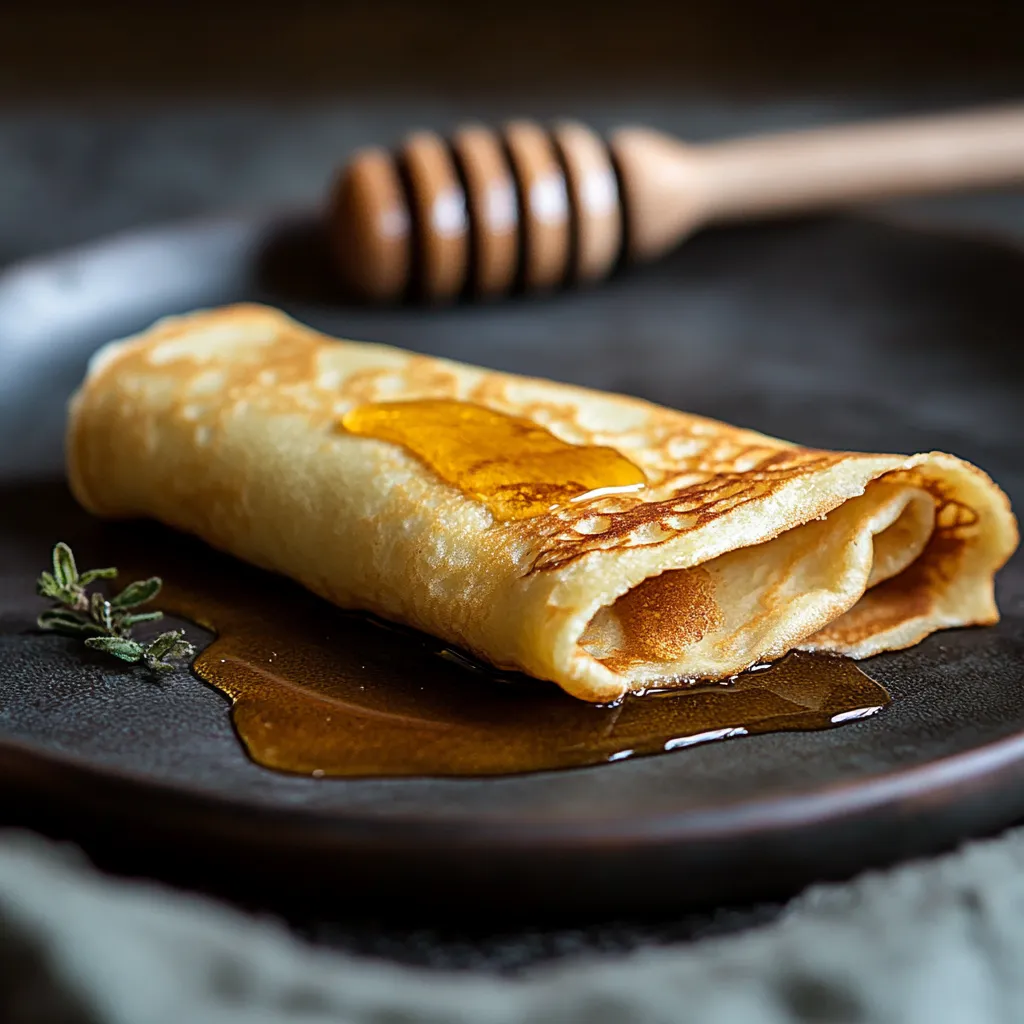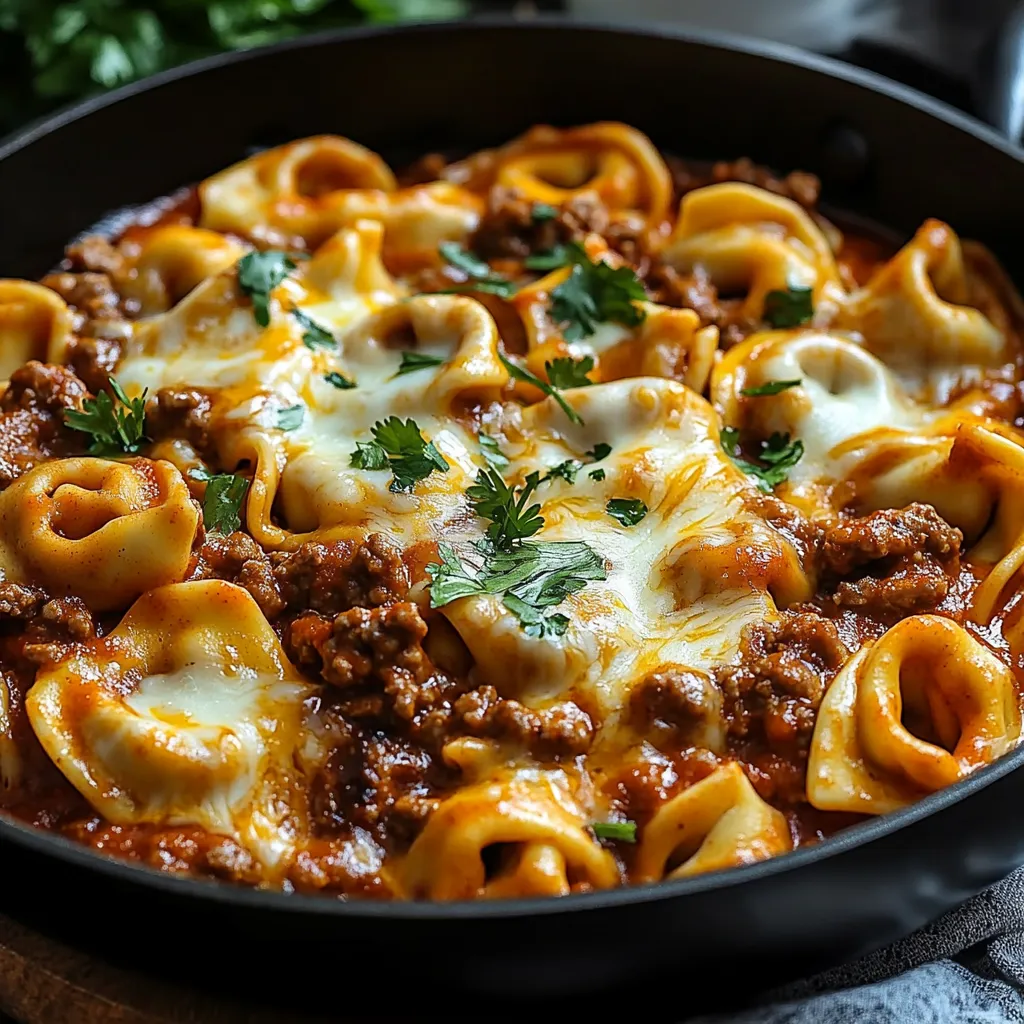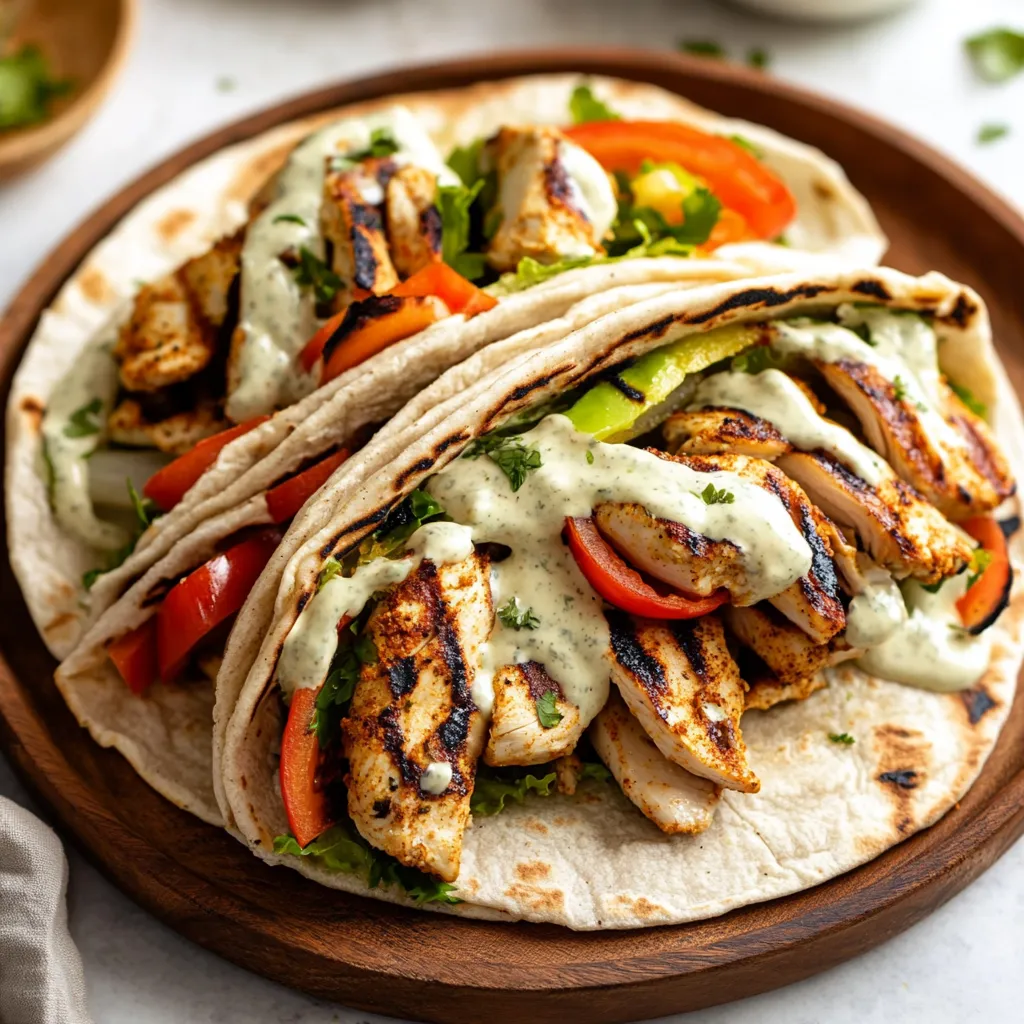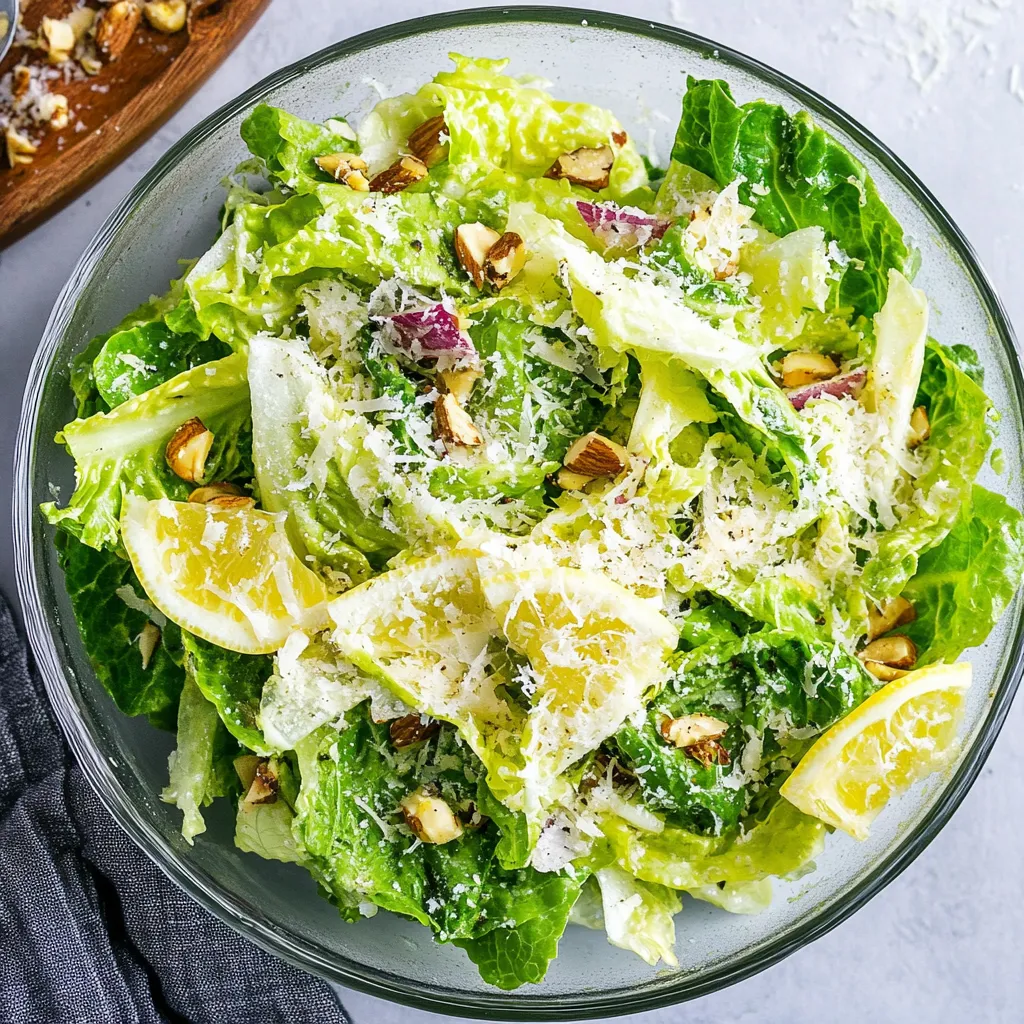Learn More About Authentic Moroccan Cuisine
To deepen your understanding of Moroccan cuisine and culture beyond this Authentic Moroccan Msemen Recipe, check out these valuable external resources:
- Taste of Maroc – An excellent resource for authentic Moroccan recipes and cooking techniques from a Moroccan-American family.
- Morocco World News – Cuisine Section – Stay updated with the latest trends in Moroccan food culture and traditional recipes.
- My Moroccan Food – Nargisse Benkabbou’s beautiful blog featuring modern takes on traditional Moroccan dishes.
- Visit Morocco – Gastronomy Page – The official tourism website with information about regional specialties and food traditions.
These resources will help you expand your Moroccan cooking repertoire beyond our Authentic Moroccan Msemen Recipe and gain deeper insights into this rich culinary tradition.# Authentic Moroccan Msemen Recipe – Easy Homemade Flatbread Guide
https://i.imgur.com/placeholder.jpg
Our Authentic Moroccan Msemen Recipe guides you step-by-step through creating this traditional flatbread. Learn how to make perfect msemen that’s packed with flavor and simple to prepare, ideal for any occasion!
Table of Contents
- Introduction
- Why You’ll Love This Recipe
- Ingredients
- Step-by-Step Instructions
- Pro Tips
- Serving Suggestions
- Nutritional Information
- Storage & Leftovers
- FAQs
- Related Recipes
- Learn More
- Conclusion
Introduction
This Authentic Moroccan Msemen Recipe will transform your kitchen into a North African bakery. Have you ever tasted the delightful, flaky layers of msemen, the traditional square-shaped flatbread that’s captivated food lovers worldwide? This beloved Moroccan flatbread is a cornerstone of North African cuisine, enjoyed for breakfast or afternoon tea across Morocco, Algeria, and Tunisia.
With our comprehensive Authentic Moroccan Msemen Recipe, you’ll master the art of making this traditional bread (also known as rghaif) right in your own kitchen. The beauty of this flatbread recipe lies in its perfect balance of simplicity and sophistication – a few basic ingredients transform into a multi-layered, buttery delight that’s crispy on the outside and wonderfully chewy on the inside.
Whether you’re a seasoned baker or new to bread-making, this Authentic Moroccan Msemen Recipe will guide you through each step, from mixing the perfect dough to mastering the special folding technique that creates those distinctive layers. Ready to bring the flavors of Moroccan street food to your home? Let’s begin!
Why You’ll Love This Authentic Moroccan Msemen Recipe
- Quick preparation – Basic dough comes together in just minutes!
- Versatile serving options – Enjoy sweet with honey and butter or savory with cheese
- Perfect for beginners – Simple ingredients and clear instructions make this foolproof
- Make-ahead friendly – Freezes beautifully for quick breakfasts and snacks
- Authentic flavor – Experience genuine Moroccan cuisine without leaving home
- Impressive yet easy – Wow guests with homemade flatbread that looks professional
- Budget-friendly – Made with pantry staples you likely already have
- Family favorite – Both kids and adults love the flaky, buttery texture
Ingredients for Authentic Moroccan Msemen Recipe
For the perfect Authentic Moroccan Msemen Recipe dough, you’ll need:
- 2 cups (250g) all-purpose flour
- 1 cup (150g) fine semolina (plus extra for folding)
- 1 teaspoon salt
- 1 teaspoon sugar (optional)
- 1 teaspoon dry yeast (optional for lightly leavened version)
- 1¼ cups (300ml) warm water
- 2 tablespoons vegetable oil (for the dough)
For folding and cooking:
- ¼ cup (60ml) vegetable oil (for folding and cooking)
- ¼ cup (60g) softened butter
- Extra fine semolina for sprinkling
Ingredient Notes and Substitutions
- Semolina – The semolina gives msemen its distinctive texture. While you can make it with just all-purpose flour, the traditional recipe includes semolina for that authentic feel. If you can’t find fine semolina, regular semolina will work, but might create a slightly coarser texture.
- Yeast – Traditional msemen can be made with or without yeast. Adding a small amount creates a slightly lighter texture, but it’s completely optional.
- Oil – Vegetable oil is traditional, but any neutral oil will work. Some cooks use olive oil for a Mediterranean flavor.
- Butter – This creates the flaky layers. While traditional, it can be replaced with more oil for a dairy-free version.
How to Make Authentic Moroccan Msemen – Step by Step
Step 1: Prepare the Dough
- In a large mixing bowl, combine 2 cups all-purpose flour, 1 cup fine semolina, salt, sugar, and yeast (if using).
- Gradually add the warm water while mixing with your hands until a cohesive dough forms.
- If the dough feels too dry, add a little more water. If it’s too sticky, add a bit more flour.
- Knead the dough on a lightly floured surface for 10-15 minutes until smooth and elastic.
- Divide the dough into golf ball-sized portions (approximately 12-15 balls).
- Lightly coat each ball with oil, place on a tray, cover with plastic wrap, and let rest for 30 minutes.
Step 2: Shape the Msemen
- Prepare your work surface by coating it generously with oil.
- Take one ball of dough and place it on the oiled surface.
- With oiled hands, flatten and stretch the dough into a very thin square or circle. The dough should be almost transparent – you should be able to see your work surface through it!
- Dot the surface with small pieces of softened butter and sprinkle with a little semolina.
- Fold the top and bottom thirds of the dough toward the center (like folding a letter).
- Then fold the right and left sides toward the center to form a small square.
- Set aside on an oiled surface and repeat with remaining dough balls.
- Allow the folded squares to rest for 10-15 minutes.
Step 3: Cook the Msemen
- Heat a cast-iron skillet, griddle, or non-stick pan over medium heat.
- Take the first folded square (working in the order you folded them) and gently flatten it with your oiled hands until it’s about double in size.
- Place the flattened msemen on the hot pan and cook for 3-4 minutes on each side, flipping several times until golden brown and cooked through.
- Once cooked, transfer to a wire rack.
- If desired, flex each msemen gently between your hands with a back-and-forth motion to help separate the layers.
- Repeat with the remaining squares.
Pro Tips for Making the Best Authentic Moroccan Msemen Recipe
- Oil is essential: Don’t skimp on oil during the shaping process – it prevents sticking and helps create those beautiful layers in your Authentic Moroccan Msemen Recipe.
- Patience pays off: Let the dough rest properly between steps for the best texture and easier handling.
- Work in order: Process the dough balls in the same order you formed them to give each one adequate resting time.
- Perfect thinness: When stretching the dough, aim to make it as thin as possible without tearing. Small holes are okay – they’ll be concealed in the folding.
- Temperature matters: Your cooking surface should be medium-hot – too hot and the outside will burn before the inside cooks; too cool and your msemen will be tough instead of crispy.
- Flex for flakiness: After cooking, gently flexing the msemen helps separate those beautiful layers.
- Practice makes perfect: Don’t worry if your first few attempts aren’t perfect – shaping msemen is an art that improves with practice!
Best Ways to Serve Msemen
Msemen is incredibly versatile and can be enjoyed in numerous ways:
For Breakfast:
- Drizzled with honey and melted butter (the most traditional way)
- Spread with jam or preserves
- Served alongside a Moroccan mint tea
For Snack Time:
- Topped with soft cheese and honey
- Sprinkled with sugar and cinnamon
- Dipped in olive oil and za’atar
For a Savory Meal:
- Served with a hearty Moroccan soup like harira
- Filled with savory fillings (try the stuffed version called msemen maamer)
- Used to scoop up dips like hummus or baba ganoush
Nutritional Information for Msemen
One standard msemen (approximate values per piece):
- Calories: 250 kcal
- Carbohydrates: 32g
- Protein: 5g
- Fat: 16g
- Fiber: 1g
- Sugar: 1g
Note: Nutritional values will vary based on size and exact ingredients used.
Storage & Leftovers
Msemen is best enjoyed fresh and warm, but leftovers can be stored and enjoyed later:
- Room Temperature: Wrap in a clean cloth for up to 24 hours.
- Refrigerator: Store in an airtight container for up to 3 days.
- Freezer: Freeze fully cooled msemen in a single layer, then transfer to a freezer bag. They’ll keep for up to 3 months.
Reheating Tips:
- Stovetop: Reheat in a dry pan over medium-low heat for 2 minutes per side.
- Oven: Wrap in foil and warm at 350°F (180°C) for 5-7 minutes.
- From Frozen: No need to thaw! Reheat directly from frozen in a pan or oven.
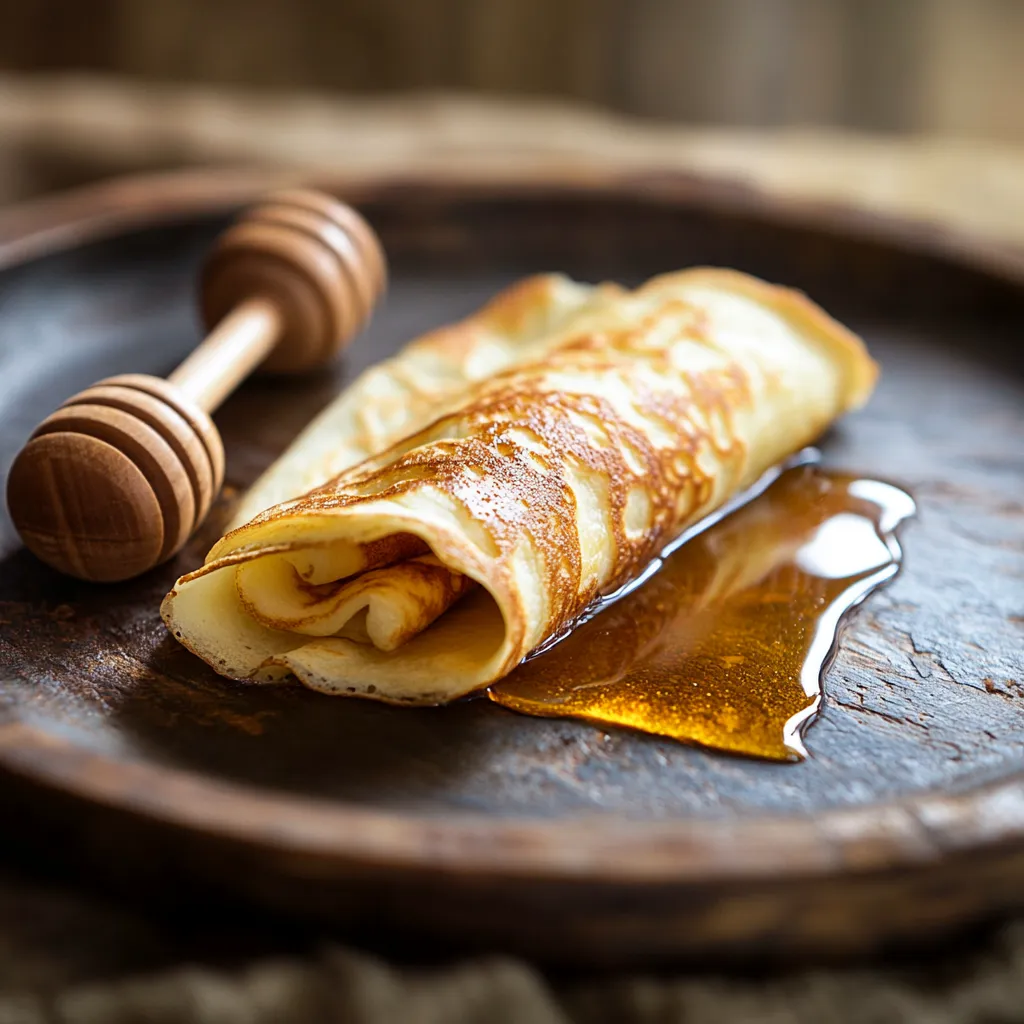
FAQs for Authentic Moroccan Msemen Recipe
Can I make the Authentic Moroccan Msemen Recipe without semolina?
Yes, you can make this Authentic Moroccan Msemen Recipe using only all-purpose flour, but the texture will be different. Semolina adds a distinctive texture and helps keep the layers separate. If you don’t have semolina, try using a bit of cornmeal as a substitute for sprinkling between layers.
What’s the difference between msemen and meloui?
In this Authentic Moroccan Msemen Recipe, we create square-shaped flatbreads, while meloui is made from similar dough but rolled into a spiral, resulting in a round flatbread. Both are delicious Moroccan specialties with slightly different textures due to the folding technique.
Can I make the Authentic Moroccan Msemen Recipe ahead of time?
Absolutely! This Authentic Moroccan Msemen Recipe produces flatbreads that freeze beautifully. Make a big batch, allow them to cool completely, then freeze with parchment paper between each piece. Reheat directly from frozen on a hot pan or in the oven.
Why is my msemen dough too sticky?
If your dough for this Authentic Moroccan Msemen Recipe is too sticky, you’ve likely added too much water. Add a bit more flour and semolina, a tablespoon at a time, until you reach a workable consistency. The dough should be soft but not sticky.
Related Recipes for Msemen Lovers
If you enjoy this msemen recipe, you might also love these related dishes:
- Meloui – The spiral-shaped cousin of msemen
- Baghrir – Moroccan honeycomb pancakes
- Harcha – Semolina pan-fried bread
- Khobz – Traditional Moroccan bread
- Harira – Moroccan soup perfect for serving with msemen
Conclusion & Final Thoughts
Mastering this Authentic Moroccan Msemen Recipe opens up a world of North African culinary traditions right in your kitchen. While it might take a few attempts to perfect the technique, the reward is well worth it – a deliciously flaky, versatile flatbread that’s sure to become a favorite in your home.
Whether served simply with honey and butter for breakfast, or as part of a larger Moroccan feast, our Authentic Moroccan Msemen Recipe brings genuine North African flavors to your table. The beauty of this bread lies not just in its taste but in the ritual of making it – a practice that connects you with centuries of Moroccan baking tradition.
Now that you’ve learned our Authentic Moroccan Msemen Recipe, we’d love to hear about your experience! Did you serve it sweet or savory? Share your thoughts and variations in the comments below!
Bon appétit, or as they say in Morocco, “B’saha w’raha” (With health and comfort)!
SEO Metadata for Authentic Moroccan Msemen Recipe Title: Authentic Moroccan Msemen Recipe – 7 Easy Steps For Traditional Flatbread SEO Title: Authentic Moroccan Msemen Recipe – 7 Easy Steps For Traditional Flatbread Meta Description: This Authentic Moroccan Msemen Recipe guides you through creating perfect traditional flatbread. Learn our 7-step process for flaky, delicious msemen! Focus Keyword Phrase: Authentic Moroccan Msemen Recipe
Print
Authentic Moroccan Msemen Recipe – 7 Easy Steps For Traditional Flatbread
- Total Time: 65
- Yield: 12–15 msemen 1x
Description
This Authentic Moroccan Msemen Recipe guides you through creating traditional Moroccan flatbread with flaky layers. Msemen (also known as rghaif) is a beloved staple in North African cuisine, perfect for breakfast or afternoon tea.
Ingredients
- 2 cups (250g) all-purpose flour
- 1 cup (150g) fine semolina (plus extra for folding)
- 1 teaspoon salt
- 1 teaspoon sugar (optional)
- 1 teaspoon dry yeast (optional for lightly leavened version)
- 1¼ cups (300ml) warm water
- 2 tablespoons vegetable oil (for the dough)
- ¼ cup (60ml) vegetable oil (for folding and cooking)
- ¼ cup (60g) softened butter
- Extra fine semolina for sprinkling
Instructions
- Prepare the dough: Mix flour, semolina, salt, sugar, and yeast in a large bowl. Gradually add warm water while mixing until a cohesive dough forms. Knead for 10-15 minutes until smooth and elastic.
- Divide and rest: Form golf ball-sized portions, coat with oil, cover, and let rest for 30 minutes.
- Shape the msemen: On an oiled surface, flatten each ball into a very thin square. Dot with softened butter and sprinkle with semolina.
- Fold the dough: Fold the top and bottom thirds toward the center, then fold the right and left sides toward the center to form a small square.
- Rest again: Allow the folded squares to rest for 10-15 minutes.
- Cook: Heat a skillet over medium heat. Flatten each square to double its size and cook for 3-4 minutes per side until golden brown.
- Serve: Enjoy warm with honey, butter, jam, or your favorite toppings.
Notes
Pro Tips:
- Don’t skimp on oil during the shaping process – it prevents sticking and helps create those beautiful layers.
- Let the dough rest properly between steps for the best texture.
- When stretching the dough, aim to make it as thin as possible without tearing.
- Msemen freezes beautifully – simply reheat in a pan or oven when ready to eat.
- Prep Time: 30
- Cook Time: 20
- Category: Breakfast
- Method: Stovetop
- Cuisine: Moroccan
Nutrition
- Serving Size: 1 msemen
- Calories: 250
- Sugar: 1
- Sodium: 254
- Fat: 16
- Saturated Fat: 11
- Unsaturated Fat: 5
- Trans Fat: 0
- Carbohydrates: 32
- Fiber: 1
- Protein: 5
- Cholesterol: 18
Keywords: Authentic Moroccan Msemen Recipe, msemen, rghaif, Moroccan flatbread, Moroccan bread, traditional Moroccan recipe, breakfast bread, semolina flatbread, flaky flatbread

